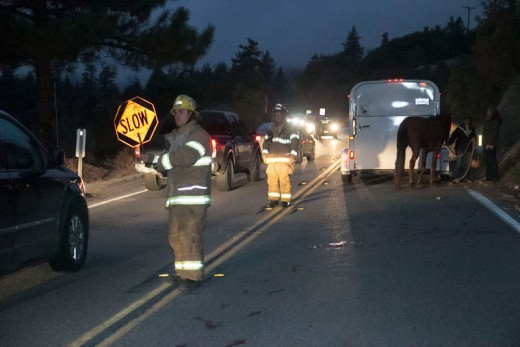The Riverside County budget preparation for fiscal year 2016-17, beginning July 1, is going to be difficult and emotional. On Tuesday, County Executive Jay Orr prepared the Board of Supervisors during his mid-year review for fiscal year 2015-16. Even with the proposals he is making to reduce spending, Orr estimates the county will still incur deficits until 2018-19.
His budget summary forecasts, “The county faces a multi-year annual deficit that will erode reserves and is unsustainable, based on forecasted discretionary resources and projected, existing spending commitments.”
Specifically, Orr estimated revenue would grow about $15 million next year; but one major program, health care for county inmates, will require $40 million annually.
“Current-year revenue and spending levels are on track, but the full impact of detention health care, compounded with our existing structural deficit, will far exceed our discretionary revenues and reserves in the coming years, unless other costs are constrained,” he said in his memorandum to the board.
As a first step, Orr wants to hold general fund spending for all departments to the current levels for the next two years. He stressed that the non-public safety programs, which are about 27 percent of the budget, are collectively too small to solve the problem. In 2016-17, Orr plans to hold public safety programs to the same levels, too.
In order to constrain the costs at the Sheriff’s Department, Orr hopes to use several options, including “no additional hiring to enhance the unincorporated patrol ratio.”
He also refers to savings, which will be incurred as the county’s East County Detention Center begins operations. For example, he said in the memo, “We have an agreement with the Sheriff’s Department to time the full occupancy of the new East County Detention Center and soften the financial impact of its opening.”
Current staffing may be adequate “to open the first two housing units …” and additional staffing may be deferred until 2018-19.
However, the Sheriff’s Department is considerably dubious about the potential savings. Sheriff Stan Sniff comments, “… opening only a small portion (25 percent) of that new jail does not allow that same staffing efficiency, and will require additional staffing over and above the current staffing already in place at the old Indio Jail. Opening only two of the eight available housing units at the newly constructed ECDC (388 beds) will require the additional hiring of an estimated 50 new staff at an annualized cost projected at nearly $7 million.”
Also, Orr is encouraged that the consultants, who are reviewing the county’s public safety spending programs, will offer recommendations that could improve efficiency and save money. These reports, whose cost is about $750,000, are expected this spring before the budget workshop. In the Budget Summary, the Executive Office said the draft reports contained “potential savings as a result of deploying resources in a different manner.”
The growth in inmate health care is the result of a proposed legal settlement. The county has agreed to hire more health and mental health professionals to treat the inmate population. This also will necessitate more security costs.
The bright spot in the current budget, according to the Executive Office’s summary, is that “most departments currently appear on target at the end of the first quarter.” The Sheriff’s Department and District Attorney’s Office spending appear to be within the existing budget allocations and will not require any significant adjustments at this point.
The County Fire Department is the one public safety agency still projecting a deficit, according to the report. The $1.3 million is the result of increases in salary and benefits for state firefighters, which are negotiated in Sacramento. This is the county’s portion and only for six months.











